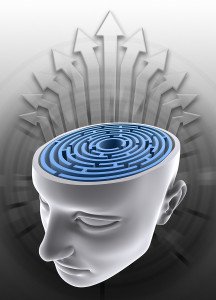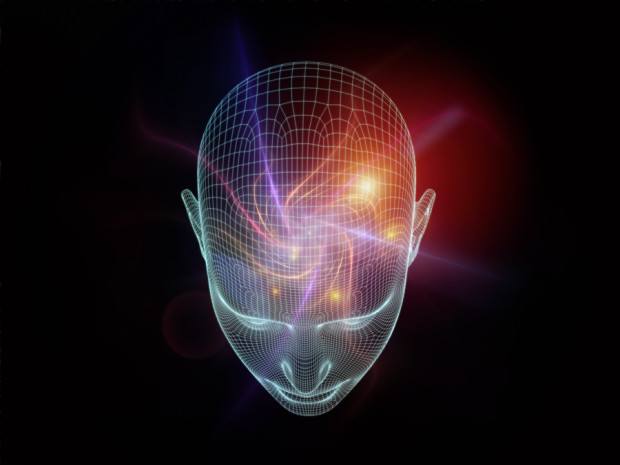 Data and models are not all that it takes to fuel innovation—or even just to make good underwriting decisions, noted Berto Sciolla. When asked how Gen Re encourages innovation, Sciolla makes reference to the reinsurer’s work over the past two years to understand “the human element” of decision making.
Data and models are not all that it takes to fuel innovation—or even just to make good underwriting decisions, noted Berto Sciolla. When asked how Gen Re encourages innovation, Sciolla makes reference to the reinsurer’s work over the past two years to understand “the human element” of decision making.
Some of Gen Re’s findings are summarized in a white paper—”The Human Element—A No Brainer?“—available on the company’s website. The paper subtitled, “Using insights from neuroscience to transform decision-making behavior in (re)insurance,” explores three challenges to human judgment:
- Our subconscious brains reacting through pattern recognition skills before our thinking brains get a chance to analyze a situation.
- Our emotions telling us how we feel about the patterns flagged by our subconscious brains, encouraging us to approach or avoid something—again, before our thinking brains have input into the decision.
- Biased thinking in which we “simple seek to prove [the] early diagnosis” from our subconscious and emotional brains.
Among the paper’s insights about subconscious reactions: “Snap and stick behaviors can be the source of many of the barriers to better teamwork and collaboration that exist inside any organization.”
Gen Re isn’t the only organization focusing on the biases that hamper good decision-making. The May 2015 edition of Harvard Business Review also explores that topic in these articles:
• “Leaders as Decision Architects,” by John Beshears and Francesca Gina
• “Outsmart Your Own Biases,” by Jack B. Soll, Katherine L. Milkman, and John W. Payne
• “Fooled by Experience,” by Emre Soyer and Robin M. Hogarth





















 What Industry Executives Are Saying About Loss Reserves, Social Inflation
What Industry Executives Are Saying About Loss Reserves, Social Inflation  Progressive Gains as Drivers Shop Around for Auto Insurance—Again
Progressive Gains as Drivers Shop Around for Auto Insurance—Again  Uncertainty Keeps Prices Up; No Prior-Year Loss Development: Travelers
Uncertainty Keeps Prices Up; No Prior-Year Loss Development: Travelers  Former MLB Player Charged With Insurance Fraud in Florida
Former MLB Player Charged With Insurance Fraud in Florida 
